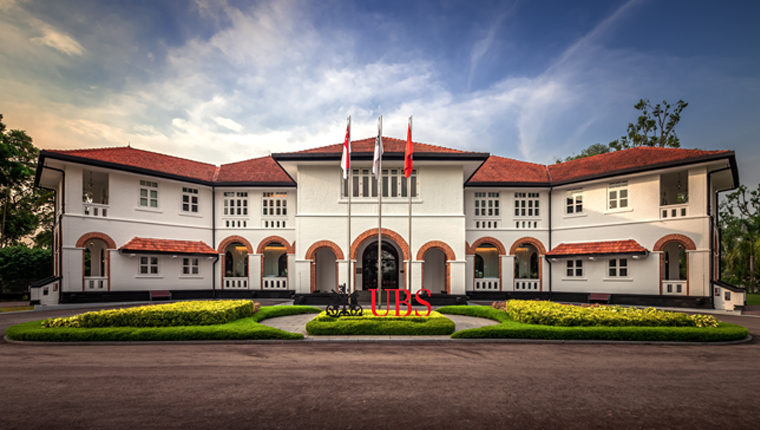The fate of the house at 38 Oxley Road is still up in air amidst the Lee family's public squabble over it.
Since last week, discussion has been rife over whether the late Lee Kuan Yew's abode should be demolished, conserved, or preserved as a national monument.
We have also presented some of our thoughts for and against preserving/demolishing the house.
On the subject of preserving the house, let's take a look at eight other abodes in Singapore that have been gazetted as national monuments:
1. Former Sun Yat Sen Villa (gazetted in 1994)
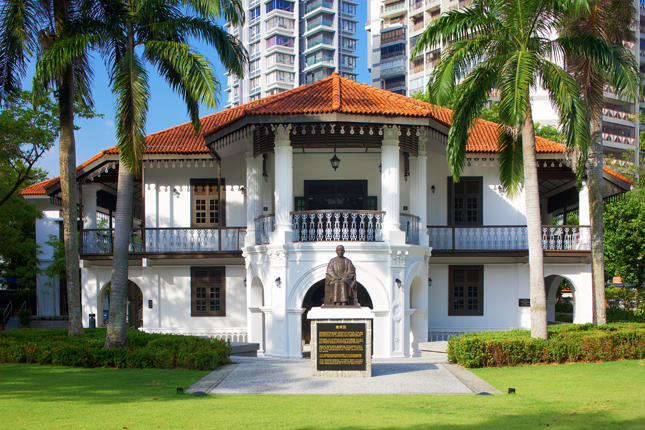 Former Sun Yat Sen Villa, currently a national monument. Image via Roots.sg
Former Sun Yat Sen Villa, currently a national monument. Image via Roots.sg
Also known as: Bin Chan House/Wan Qing Yuan/Sun Yat Sen Nanyang Memorial Hall
Originally built by Chinese businessman Boey Chuan Poh in the 1880s allegedly for his mistress Bin Chan, the house was named Bin Chan House.
In 1905, the house changed hands to rubber tycoon Teo Eng Hock. He bought the house for his aging mother and renamed it Wan Qing Yuan after drawing inspiration from a Tang Dynasty poem by Li Shangyin.
Wan Qing Yuan later housed the Singapore branch of the Tong Meng Hui led by Chinese revolutionary Sun Yat Sen who planned uprisings in China to topple the Qing Dynasty.
2. Former Command House (gazetted in 2009)
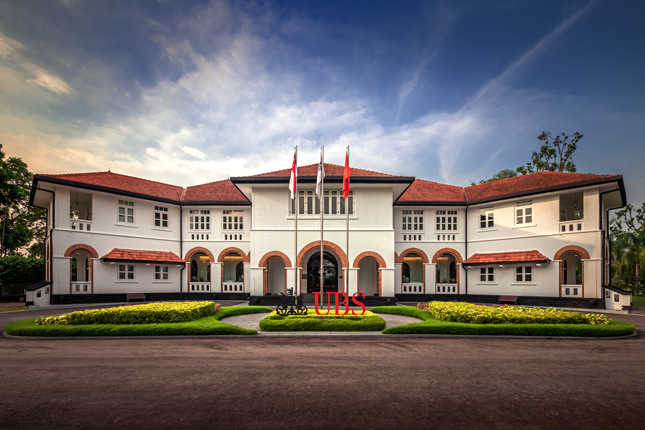 Former Command House. Image via Roots.sg
Former Command House. Image via Roots.sg
Also known as: Flagstaff House/Temp house of OTC
Built between 1937 and 1938, the Flagstaff House was originally the residence of the British General Officer Commanding of Malaya.
Post-independence, the house was occupied by Singapore Speaker of Parliament Dr Yeoh Ghim Seng between 1970 and 1989.
Later, President Ong Teng Cheong took up temporary residence at the Command House between 1996 and 1998 when the Istana underwent renovations.
3. Old Parliament House (gazetted in 1992)
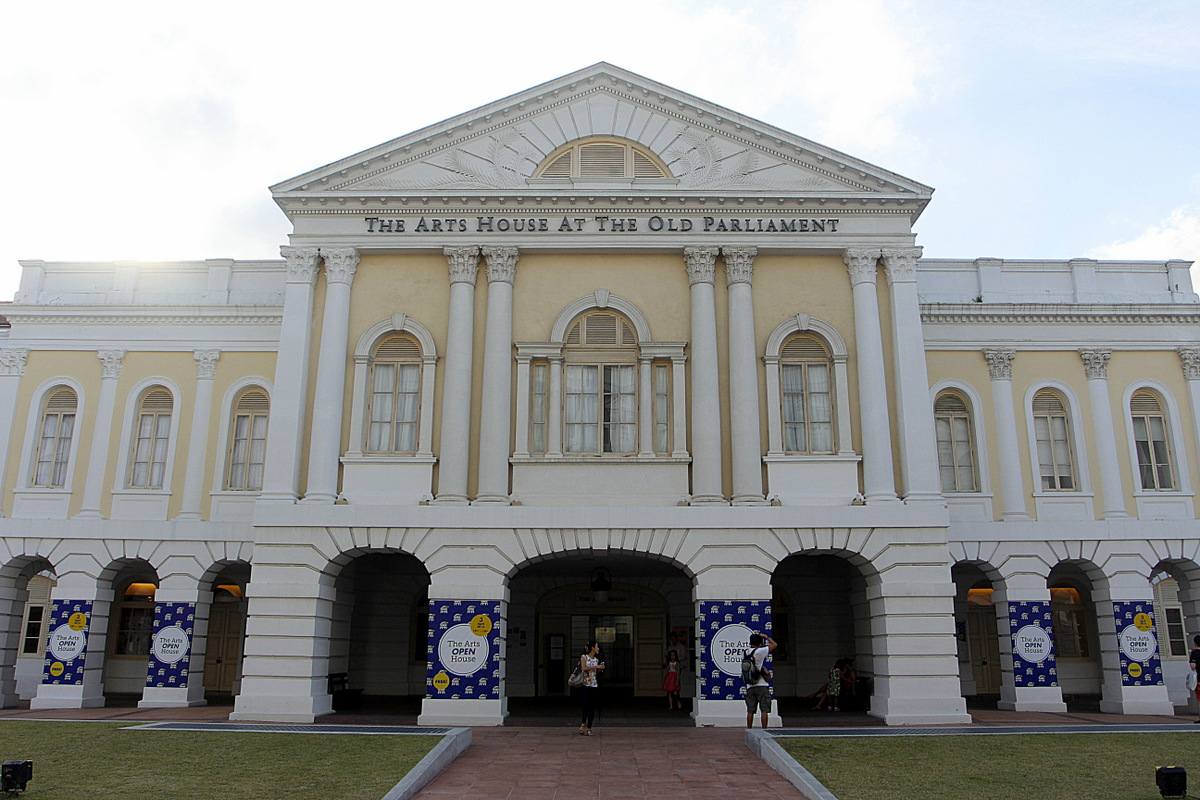 The Arts House. Image via.
The Arts House. Image via.
Also known as: The Arts House
Many of you might not know this, but this building was originally built in 1827 as a house for Scottish merchant John Argyle Maxwell, he never actually lived there in the end.
Instead, the house was used as a courthouse by the British government until the Supreme Court was completed nearby. It then served as Parliament House from 1959 to 1999.
4. Caldwell House (gazetted in 1990)
 Caldwell House. Image via.
Caldwell House. Image via.
Also known as:Former convent and orphanage on Victoria Street/CHIJMES
Built between 1940 and 1941, Caldwell House served as the living quarters for the Sisters of the Holy Infant Jesus who started the CHIJ convent, orphanage, and school on the premises.
5. Former House of Tan Yeok Nee (gazetted in 1974)
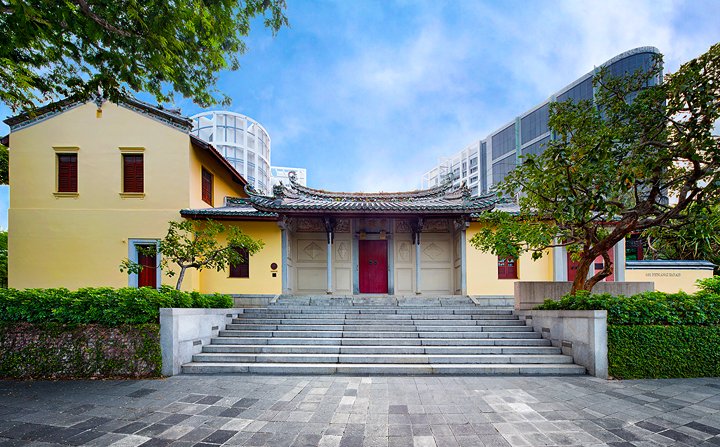 House of Tan Yeok Nee. Image via.
House of Tan Yeok Nee. Image via.
Also known as: Big Chinese mansion on Orchard Road.
This house was built between 1882 and 1885 by famed Teochew businessman Tan Yeok Nee. It is the only one remaining that was built in the traditional Southern Chinese style.
Over the years, the house was home to the St Mary's Home and School and the headquarters of the Salvation Army.
6. The Istana (gazetted in 1992)
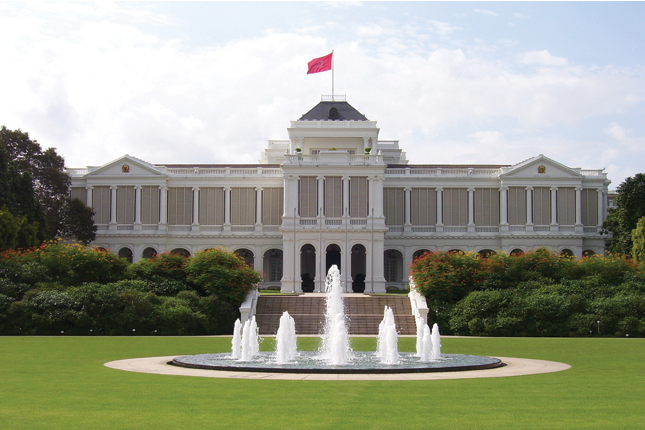 Istana. Image via.
Istana. Image via.
Also known as: Former Government House/President's House
Singapore's most famous home needs no introduction. The Istana's predecessor was a wooden house with a thatched roof called Government House built shortly after Raffles landed in 1819.
The current structure we see today was constructed in 1869 and housed a total of 21 colonial governors. Interestingly, while it is the official residence of the President of Singapore, none of our Presidents have ever lived there.
7. Former Istana Kampong Gelam (gazetted in 2015)
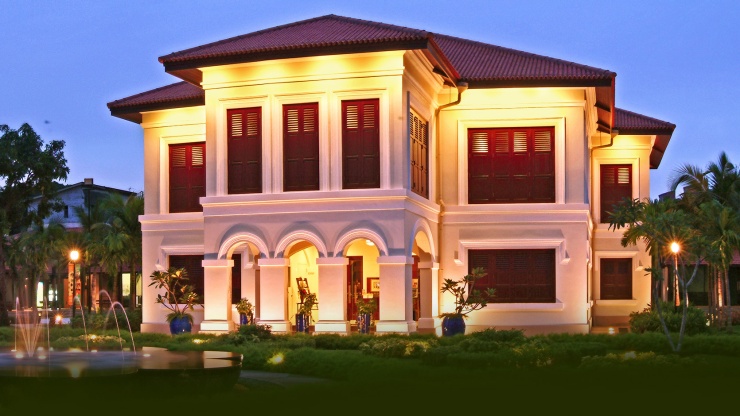 Malay Heritage Centre. Image via.
Malay Heritage Centre. Image via.
Also known as: Malay Heritage Centre
Last on our list is another Istana - this time a palace which was meant for the seat of Malay royalty in Singapore. The current structure was built in 1840 by Tengku Mohammed Ali Iskander Shah, the son of the first Sultan of Singapore, Sultan Hussein Shah.
Wondering if 38 Oxley Road will also end up as a National Monument? Catch up on the drama here:
Top photo via Roots.sg
If you like what you read, follow us on Facebook and Twitter to get the latest updates.
If you like what you read, follow us on Facebook, Instagram, Twitter and Telegram to get the latest updates.
